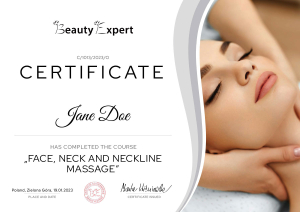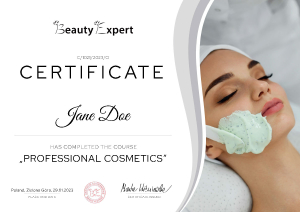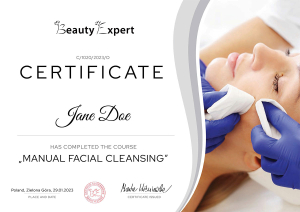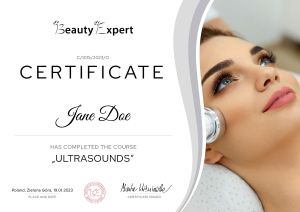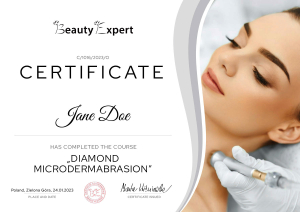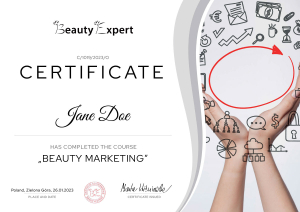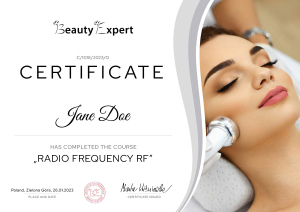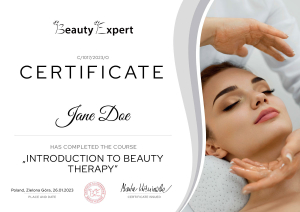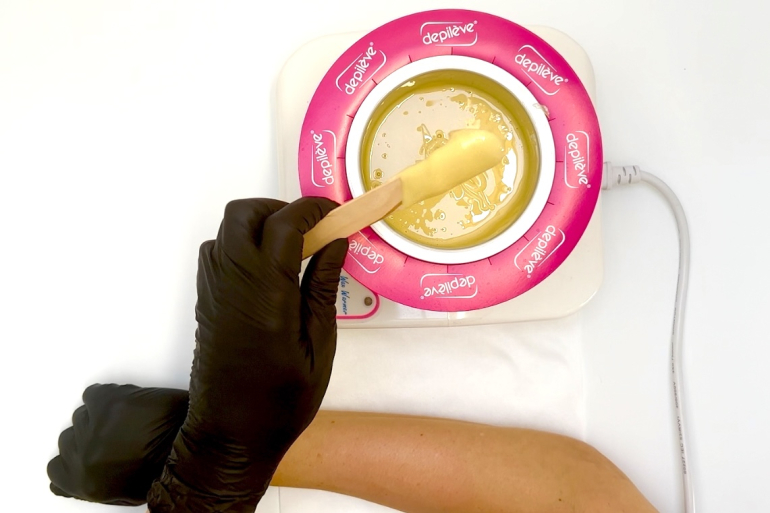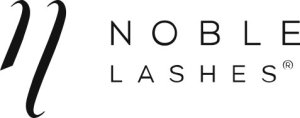If you want to grow your skills at your own pace and truly invest in your future – you’re in the right place. Thousands of students have already chosen Beauty Expert to gain beauty qualifications in their country and abroad. Our online courses now reach over 200 markets worldwide, providing access to modern beauty education – no matter where you live.
Lesson No 10
Microneedling
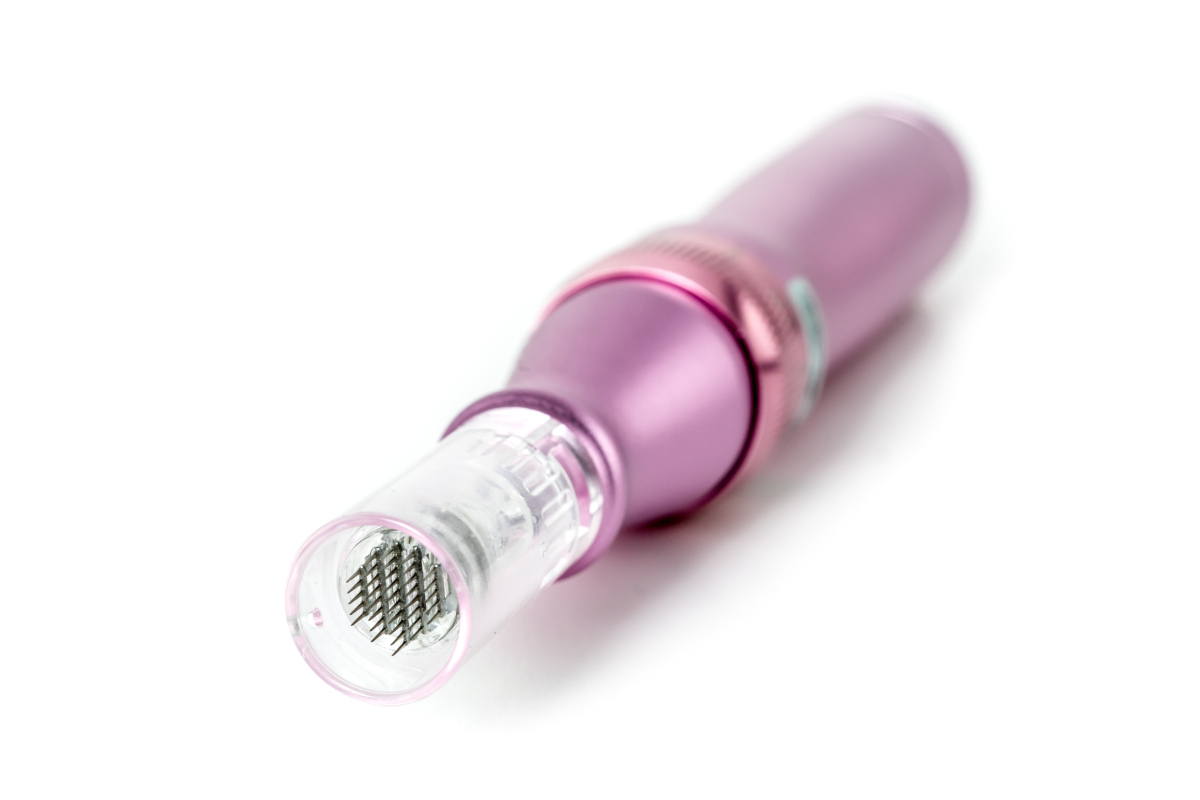
Microneedling Lesson
Microneedling and needle-free mesotherapy are advanced procedures that support skin regeneration, improve firmness, and enhance the absorption of active ingredients. In this lesson, you'll explore the differences between invasive and non-invasive techniques, the mechanisms of microneedling and electroporation, safety principles, and how to design personalized treatments based on skin type and aesthetic concern.
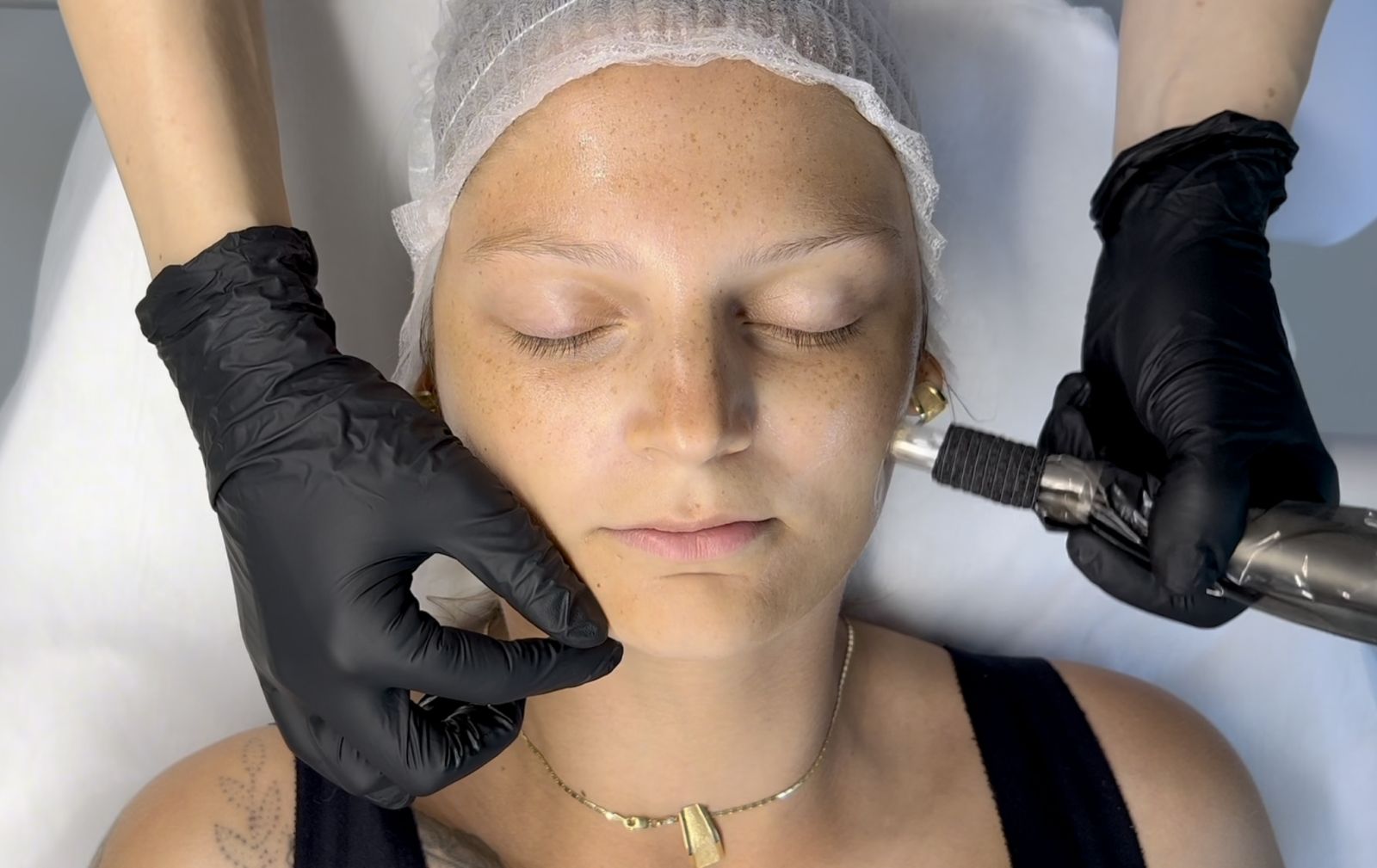
Microneedling
What you’ll learn – theory
- Definition of microneedling – a controlled skin puncturing procedure to improve skin condition.
- How microneedling works – micro-injuries stimulate regeneration, collagen production, and enhance active ingredient absorption.
- Cell and tissue structure – to understand healing and renewal processes.
- Facial bone structure – for planning safe needling zones.
- Facial vascular system – to avoid blood vessels and minimize complications.
- Facial nerve structure – focusing on client comfort and neurological reactions.
- Facial muscles – to assess skin tension and plan treatment effectively.
- Skin anatomy – to identify the optimal depth of microneedle action.
- Skin conditions – that may be either contraindications or indications for treatment.
- Blood-borne diseases – and how to protect yourself and your client during invasive procedures.
- Hygiene and safety protocols – including sterilization, disinfection, and personal protection.
- Microneedling steps – from qualification and preparation to application and aftercare.
- Depth selection – based on treatment area, concern, and skin thickness.
- Microneedling technique – device movement, angle, speed, and rhythm.
- Treatment zones – including face, neck, décolleté, and scalp.
- Skin healing phases – including inflammation and regeneration.
- Product selection – such as ampoules, vitamin cocktails, and pure hyaluronic acid.
- Contraindications – both absolute and relative.
- Skin typing and diagnostics – for personalized treatment planning.
- Skin aging – and how microneedling supports anti-aging efforts.
- Client qualification – based on consultation, skin condition, and expectations.
- Workstation setup – including hygiene, layout, and supplies.
- Supplies and tools – devices, cartridges, actives, gauze, gloves.
- Safety precautions – when working with blood and sharp tips.
- Microneedling procedure – step by step, with a focus on technique, hygiene, and client comfort.
- Post-treatment guidelines – including skincare, sun protection, avoiding irritants and exercise.
- Combining microneedling with other procedures – such as ampoules, peels, or regenerating masks.
- Common mistakes – and how to avoid them in clinical practice.
What you’ll learn – practice
- Workstation setup – according to hygiene and safety standards.
- All necessary supplies – device, cartridges, ampoules, disinfectants, gauze.
- Skin preparation – cleansing, disinfection, and optional numbing.
- Step-by-step microneedling – including technique, pace, pressure, and device control.
Needle-Free Mesotherapy
What you’ll learn – theory
- Definition of needle-free mesotherapy – a non-invasive treatment that delivers active ingredients into the skin without needles.
- Electroporation mechanism – temporarily increasing cell membrane permeability to enhance ingredient transport.
- Effects of needle-free mesotherapy – hydration, nourishment, firmness, and elasticity.
- Cell and tissue structure – to understand how electric current affects skin and absorption.
- Facial bone structure – helpful for targeting product application areas.
- Facial vascular system – to safely set treatment parameters.
- Facial nerve structure – to assess comfort and minimize irritation risks.
- Facial muscles – relevant in lifting and revitalizing procedures.
- Skin anatomy – to understand the penetration depth of ingredients.
- Skin conditions – that may be contraindications for the procedure.
- Safety and hygiene – when working with electrical current devices.
- Steps of needle-free mesotherapy – from client qualification to completion.
- Treatment zones – face, neck, décolleté, hands, and other areas.
- Product selection – vitamin cocktails, hyaluronic acid, peptides, antioxidants.
- Contraindications – general and device-specific.
- Skin typing – and matching therapy to skin needs.
- Skin aging – and how to slow it using non-invasive methods.
- Client qualification – considering skin status, contraindications, and goals.
- Workstation setup – space organization, hygiene, and safety.
- Required tools – ampoules, heads, electrodes, disinfectants.
- Step-by-step needle-free mesotherapy – focusing on technique and safety.
- Combining needle-free mesotherapy with other treatments – such as peels, masks, or lifting treatments.
What you’ll learn – practice
- Workstation setup – with hygiene and device-use protocols.
- All materials needed – solutions, applicators, electrodes, gauze, gloves.
- Client skin preparation – cleansing, disinfection, and product selection.
- Step-by-step application – including settings, technique, and client comfort.
Get your certificate after every course
After each course or lesson, you can test your knowledge with a quiz and instantly download a certificate in 3 languages. You’ll receive a diploma after completing the school and passing the final exam.

